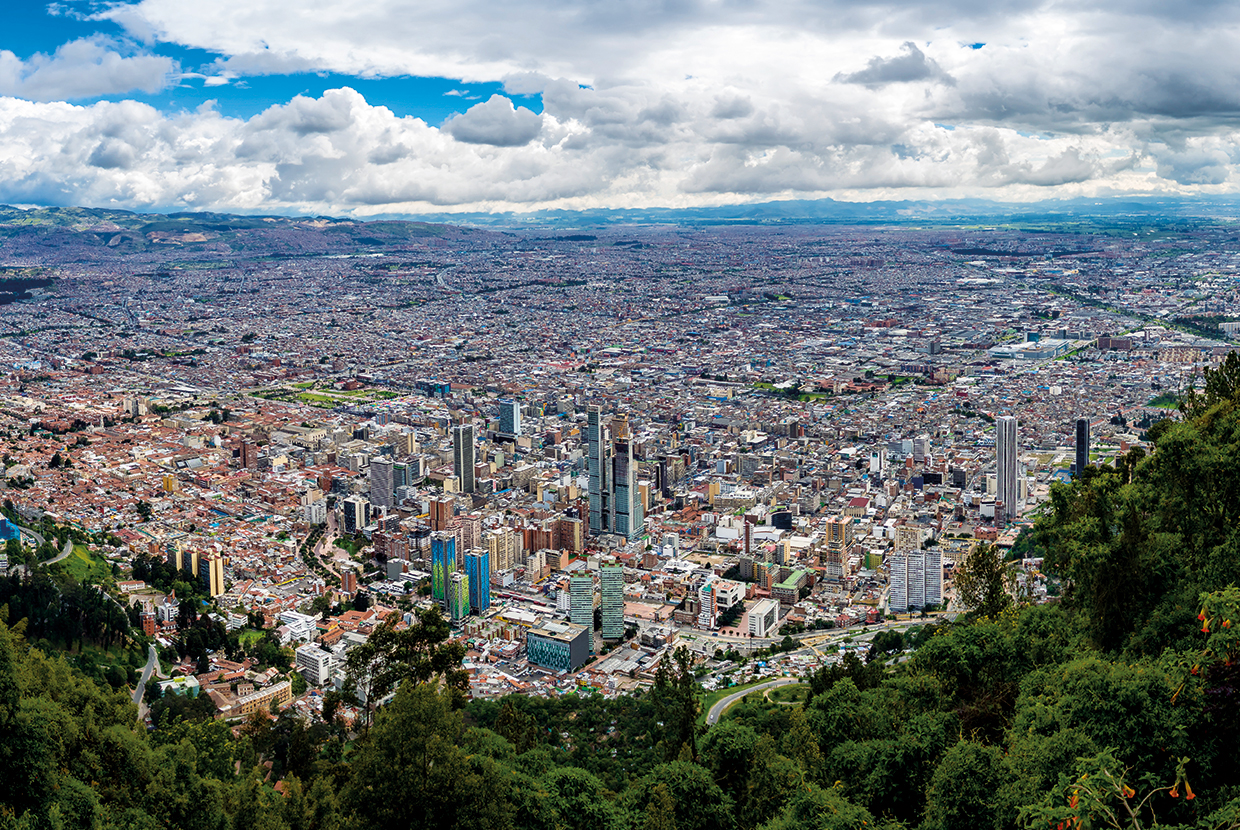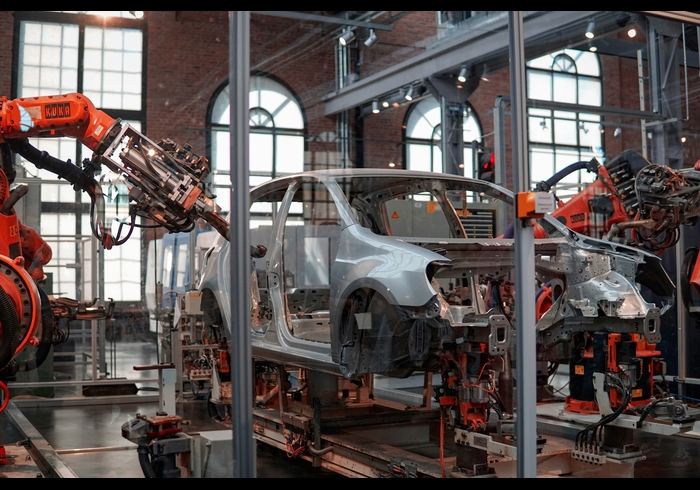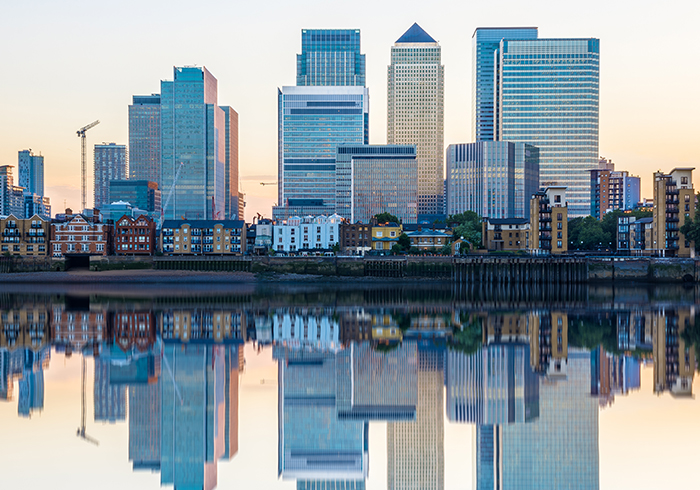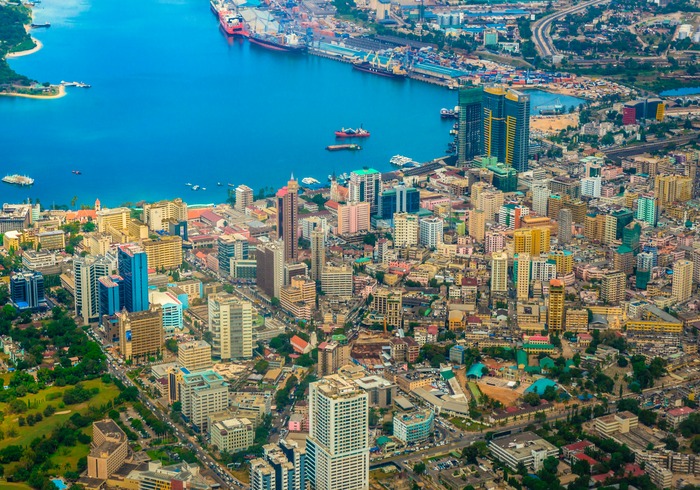Melodie Michel travels to Bogotá to find a country on the brink of major changes. But Colombia’s rise on the global stage doesn’t just hinge on the approval of the FARC peace deal: deep-rooted land conflicts could prove much harder to overcome.
This is a very special moment for Colombia,” Jaime Gómez, head of trade finance at BBVA in Colombia, says with a hopeful smile. It is the end of October 2016, three weeks after the Colombian people said no to a peace agreement negotiated for four years between the government, the Revolutionary Armed Forces of Colombia (FARC) and paramilitary groups. Yet in his office overlooking drizzly Bogotá, Gómez is full of optimism.
“Our worst times were from 1990 to around 2006. Now we are on the verge of emerging as [a robust] economy because we are very close to peace, we have a democratic government, we have infrastructure, we have investment, stability, and the government is working on a tax reform. We are on the verge of a change,” he says.
The common consensus is that the rejection of the peace deal was far from a rejection of overall peace, but rather a stand against certain parts of the agreement that were deemed too lenient towards war criminals.
In mid-November, the government and rebel forces announced the conclusion of a new, modified peace agreement that took those concerns into consideration, though probably not as seriously as some would have hoped. It still involves the FARC laying down their arms and becoming a political party – something they tried to do in the mid-1980s with the Unión Patriótica, which was the target of so many murders that the party virtually disappeared – and allows rebel leaders involved in serious crimes to run in elections.
But in the new text, the FARC explicitly agrees to declare and surrender all assets, which will be used to compensate victims of the conflict, and there are provisions about the “effective restriction of their freedom”. In a move that shows how difficult it is for foreigners to understand the complexity of Colombia’s conflict, the government has also banned the participation of foreign jurists in the special tribunal which will be the centrepiece of the transitional justice system, and agreed to have only Colombian judges hear cases.
Whether or not the general population was satisfied with the new draft of the agreement was of little consequence, as President Juan Manuel Santos decided to send it straight to Congress without holding a second referendum. The 310-page agreement was ratified on November 30, 2016, and despite the lack of popular consultation this time around, was generally welcomed by the population.
It specifies that all cases should be brought to the tribunal within two years, with the goal of concluding all FARC-related proceedings – and relegating the whole conflict to history – within 10 years.
Focus on infrastructure
With war in its rearview mirror, Colombia will finally be able to turn its attention to its tremendous infrastructure needs. Three Andean ranges, two long valleys, the Amazon rainforest and Pacific plains all make for scenic photography, but they are also a logistical nightmare. “To get goods from Bogotá to a port on the Pacific or Caribbean coast, it takes up to three days by truck, and costs about US$1,500 per container, compared to US$200 [from Lima to a port] in Peru,” explains Gómez.
In 2013, the government unveiled the fourth stage of its US$70bn infrastructure plan. The fourth generation project or ‘4G’, involves 47 projects spanning 8,000km of roadway and 3,500km of four-lane highways, as well as expansion of ports and railways, all of which are to be completed by the end of the decade. This is expected to cut transportation times and costs by up to 50%, but will require substantial investment.
There just isn’t enough money inside the country to fund such a project, so financing will have to come from abroad. At Colombia’s biggest bank, Bancolombia, chief economist Juan Pablo Espinosa explains: “So far, we have seen a lot of interest from investors. They are putting in money, creating partnerships with local developers and the 4G project will be one of the main drivers of foreign direct investment (FDI) flows in the next five years.”
Seven parts of the project have already reached financial close, the most recent one being the Autopista al Mar 1 development connecting Medellin to the town of Urabá in Antioquia, which received a US$450mn investment from Sumitomo Mitsui Banking Corporation (SMBC) at the end of October. Other road financings have come from Santander, JP Morgan, Bancolombia, BBVA, Banco Davivienda, Natixis, Banco Sabadell and the International Finance Corporation (IFC), amongst others.
But according to BBVA’s head of structured finance, Luis Adrián Restrepo Lopera, the need for foreign financing is likely to slow down the project. “The idea is that it should be concluded within five years but it will probably take a little bit more. The funding for this is going to be hard to get, because in Colombia long-term financing is sometimes limited. The banks are very careful when it comes to financing in the long term. Local banks, including us, maybe, will not be able to place all the funds to finance the total amount needed for this project. So the projects will need financing from outside Colombia, which may imply some extra time,” he tells GTR.
He and Gómez believe that the signing of the peace agreement will help revive long-term funding in the country, but not before 2018, after a “wait-and-see” period in 2017.
Land bottlenecks
Another aspect that is likely to hinder infrastructure progress is land ownership: according to Espinosa, despite projects reaching financial close and starting construction, there remain bottlenecks linked to environmental licences and land acquisition.
“These things slow down the execution of these projects. I’d say foreign investors are aware of it,” he adds.
Land ownership is an old and deeply-rooted issue in Colombia, not just because of the mass, undocumented displacement of landowners throughout the past 50 years of armed conflict.
During this time, 13% of the population was forced off its land, according to Amnesty International, with an area larger than Costa Rica acquired illegally by various rebel factions, paramilitaries and cocaine producers.
With the Colombia’s Victims and Land Restitution Law 1448 of 2011, President Santos hoped to settle 160,000 claims for restitution by 2014, but many have criticised the process. Amnesty International points out that by the end of August 2014, Colombian courts were investigating at least 35 killings of individuals who were involved in the land restitution process, adding that “handing over a land title and sending people on their way is not enough”, as they are still the target of intimidation and violence.
Widespread corruption and the fact that the majority of government officials are from families of rich landowners has made property titles powerful instruments of manipulation and political pressure. According to the UN Development Programme, land distribution in Colombia is one of the most unequal in the world: in 2011, the organisation found that 52% of the country’s farms were owned by just 1.15% of landowners.
In rural areas, lawlessness prevailed for years (and arguably still does), leading to associations between officials and controversial paramilitaries who needed land to establish bases close to FARC territories to fight the rebels, but were also involved with cocaine cartels. While the upcoming resolution of the FARC conflict will be a blow to the cocaine business, making it harder for the rebels to access coca crops, the law of the drug market dictates that there will almost certainly be someone to take over their market share, perhaps even with help from the same paramilitaries that wanted the FARC gone. In fact, coca production grew by 46% between 2014 and 2015 (during peace negotiations), as measured by the UN Office on Crime and Drugs and the US government.
The issue of land ownership is set to affect not only infrastructure projects, but also Colombia’s agricultural production – despite government subsidies – and the revival of oil and gas production in jungle areas.
Moving up the value chain
Colombia’s top export remains crude petroleum, mainly to the US, but the drop in oil prices has forced the country to invest in more value-added products. In 2007 it started the modernisation of its main refinery in Cartagena, Reficar, to allow for production of most types of petrochemicals.
The project cost US$8bn, though its developers are now involved in a US$4bn overspending scandal. Still, it is considered to be the most modern refinery in Latin America, and according to Santos, its profits are set to jump from US$6 to US$18 per barrel, due to its ability to produce many of the petroleum derivatives Colombia previously imported.
Efforts to diversify away from raw commodities towards value-added products have been hindered by the staggering drop in the value of the Colombian peso, which went from less than 2,000 to the dollar at the end of 2014 to a peak of almost 3,500 in early 2016. This kind of volatility caused a logical drop in imports, but also – more surprisingly – in exports.
According to Maria Fernanda Borrero Vanegas, head of trade finance at Corpbanca, this is due to the fact that Colombian exporters are very dependent on imports.
“Everything changed when the dollar came down and we became an import country, instead of a producing country. The oil and gas sector became a driver for the
economy, and most companies [in other sectors] decided they didn’t want to produce here in Colombia, and that it was better to import everything. Now all the machinery is outdated, so they have to do refurbishments in plants, ports and roads,” she tells GTR.
At Bancolombia, Espinosa expects exports to pick up as the exchange rate stabilises in the coming year, but warns that tax code changes are even more crucial to spur investment.
“The latest tax reform which was approved in 2014 led to a very important rise in companies’ tax burden. When you take the total amount of taxes an average company pays in Colombia and divide that by profits before taxes you find that that the tax burden can be as high as 70%,” he says.
The problem is that the scope of Colombia’s tax system is currently very narrow, with many people exempt from contributing, and the rest having to give very high percentages of their income. Now in an effort to make up for the drop in oil revenue, the government is looking at expanding this, lowering income tax for those who already pay it, but asking the majority of the population to contribute. Espinosa hopes that this first step on income tax will lead to a corporate tax reform.
“When you think of the future of Colombia, it’s very important for the economy to become less dependent on commodities, it is absolutely crucial to have investment in other sectors, and that will translate into external trade: more investment means higher need for capital goods from abroad, and the only way to become competitive is to have the right incentives,” he adds.
But the move up the value chain is also facing external obstacles: Donald Trump’s election in the US, for example, is set to cause a drop in value-added imports (mostly from Mexico, but also from Colombia). The president elect has also vowed to make his country energy-independent, which could mean Colombia would have to find new markets for 80% of its oil.
The crisis in Venezuela is also an issue for Colombia. The two countries are natural trading partners, and Venezuela was Colombia’s biggest buyer of manufactured products, but political turmoil in Venezuela, and the deep recession that has followed has reduced that relationship to virtually nothing. However, Espinosa remains hopeful.
“The negative effect of the crisis has already been absorbed, so if, hopefully, change emerges in Venezuela over the medium term, it will be a very important opportunity for Colombia. That would lead to less dependency on commodities and allow for much more relevant foreign trade,” he says.
Financial services opportunities
With all this commotion, the banking sector has been going through a tough time. At Corpbanca, Borrero explains that demand for trade finance has gone down along with imports and exports, and that there are not yet many new opportunities.
“Demand has gone down for all banks; it is a country-wide tendency. We used to have 10 LCs for US$20mn a month and now we have the same number of LCs but the amount is more around US$50,000,” she says.
This has not led to an increase in trade finance prices due to the fact that Colombian banks are not licensed to have US dollar accounts, and therefore depend on correspondent banks for funding, which costs the same for everyone.
All of this is making competition difficult, especially because the pool of companies involved in trade doesn’t fluctuate much in Colombia. If anything, it has reduced over the past year and a half.
Jorge Andrés Jimenez Carcamo, commercial manager at trade credit insurance firm Solunion (part of the Euler Hermes group), has observed a number of insolvencies, particularly in the infrastructure sector. “The government used to give money in advance for infrastructure projects, but now the law has changed and the contractors have to develop the infrastructure with their own resources,” he explains.
While bankers are still scrambling for additional opportunities to replace the lost demand in the trade finance sector, there is one area that has shown some promise. The sudden depreciation of the Colombian peso has created a need for other financial services. For example, Bancolombia’s Espinosa has noted an increase in hedging activity by producers and exporters.
“They came to this new reality of a falling peso and more volatile FX market without the expertise or tools to face that reality. They’ve been through a process of very hard and fast learning and things are now different,” he says, admitting that when the currency stabilises, people may go back to their old habits.
For insurance too, uncertainty has created increased opportunities. “The clients are more aware about getting coverage as a consequence of the political situation, the referendum, peace talks, etc. Colombian companies are also more conscious about the crisis in the region. They’re afraid about trading with clients in Brazil, Central America, etc. There has been more demand for trade credit insurance, despite less trade, because they are more conscious about the risk of non-payment,” says Jimenez.








